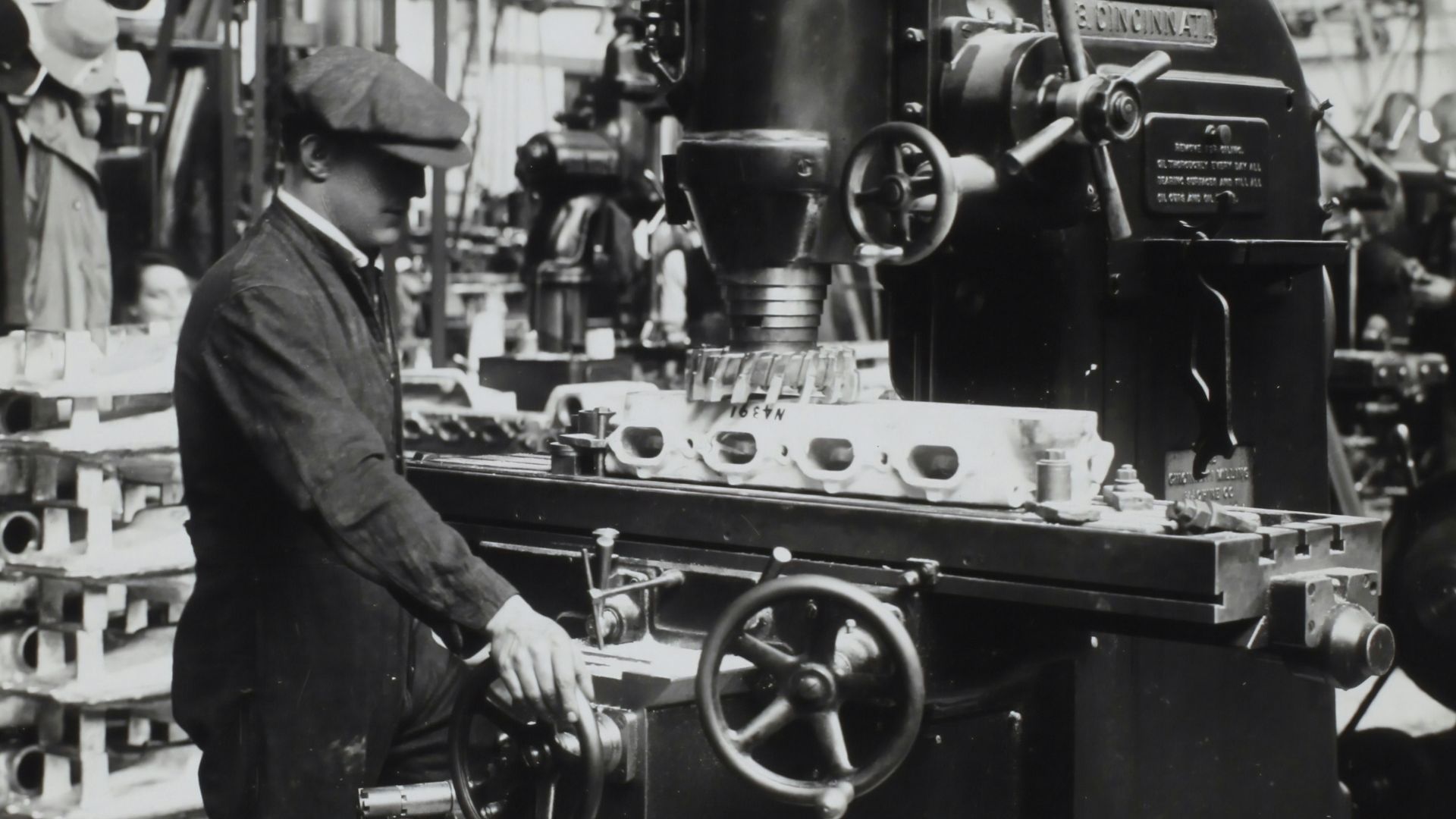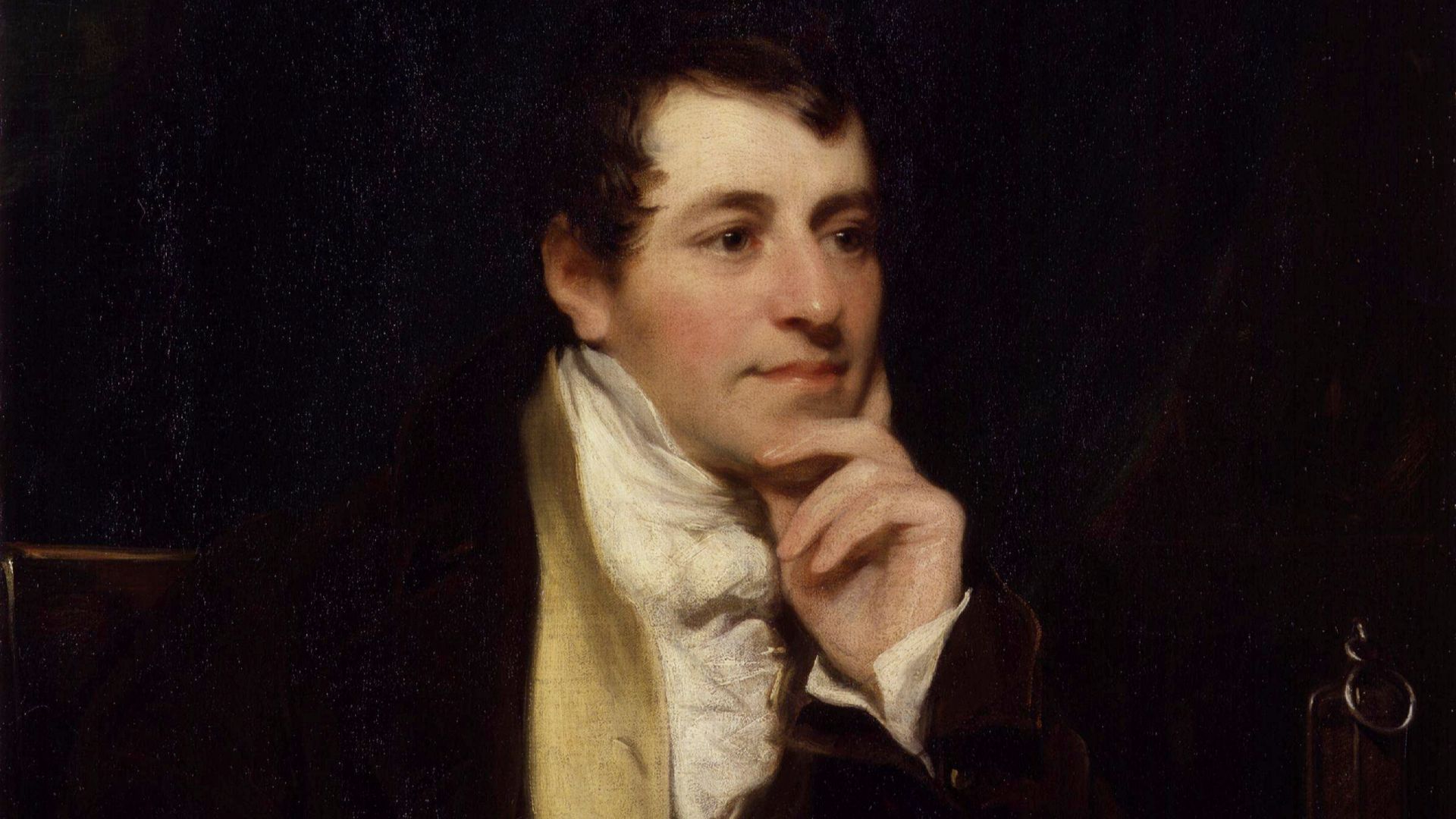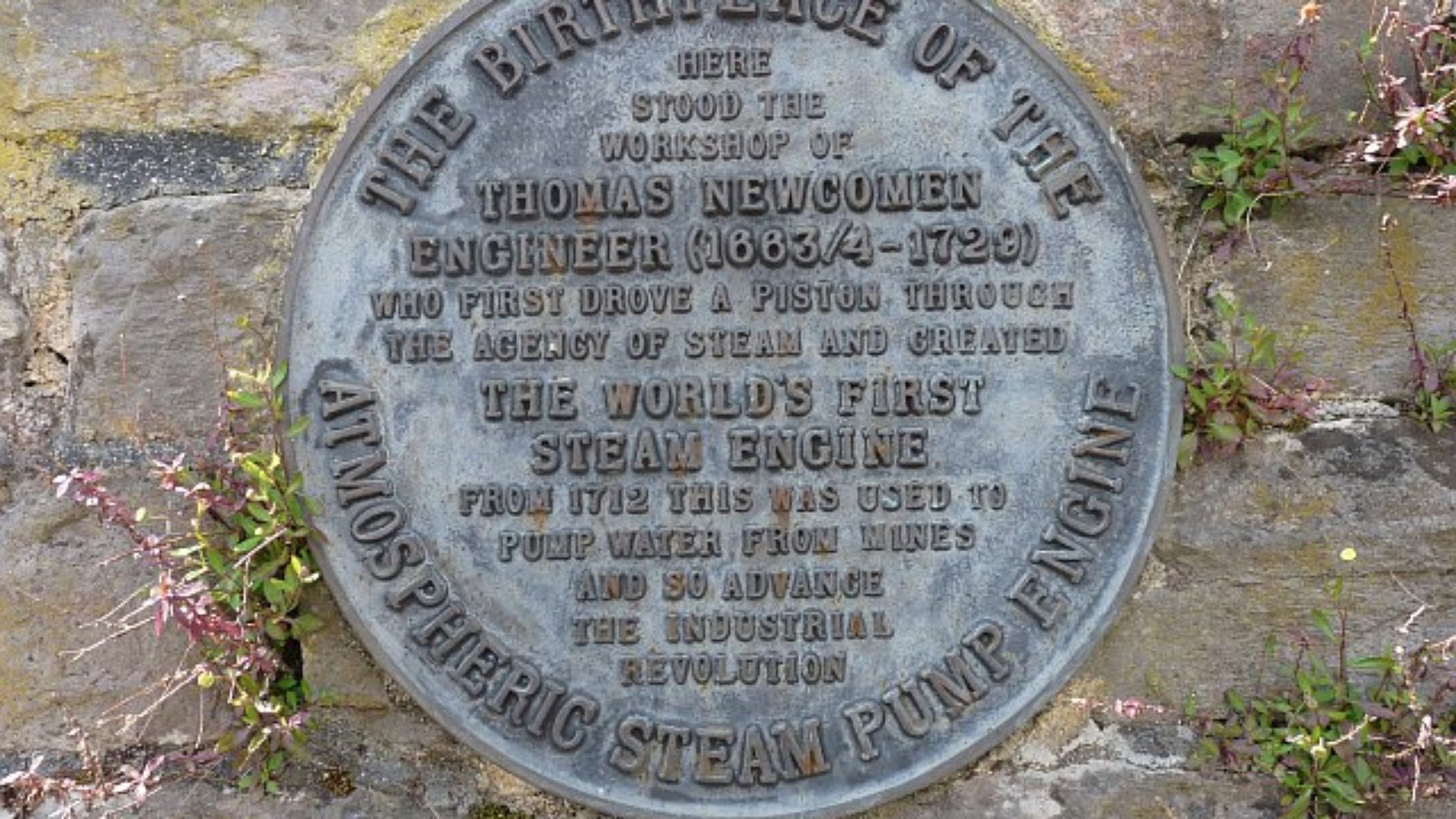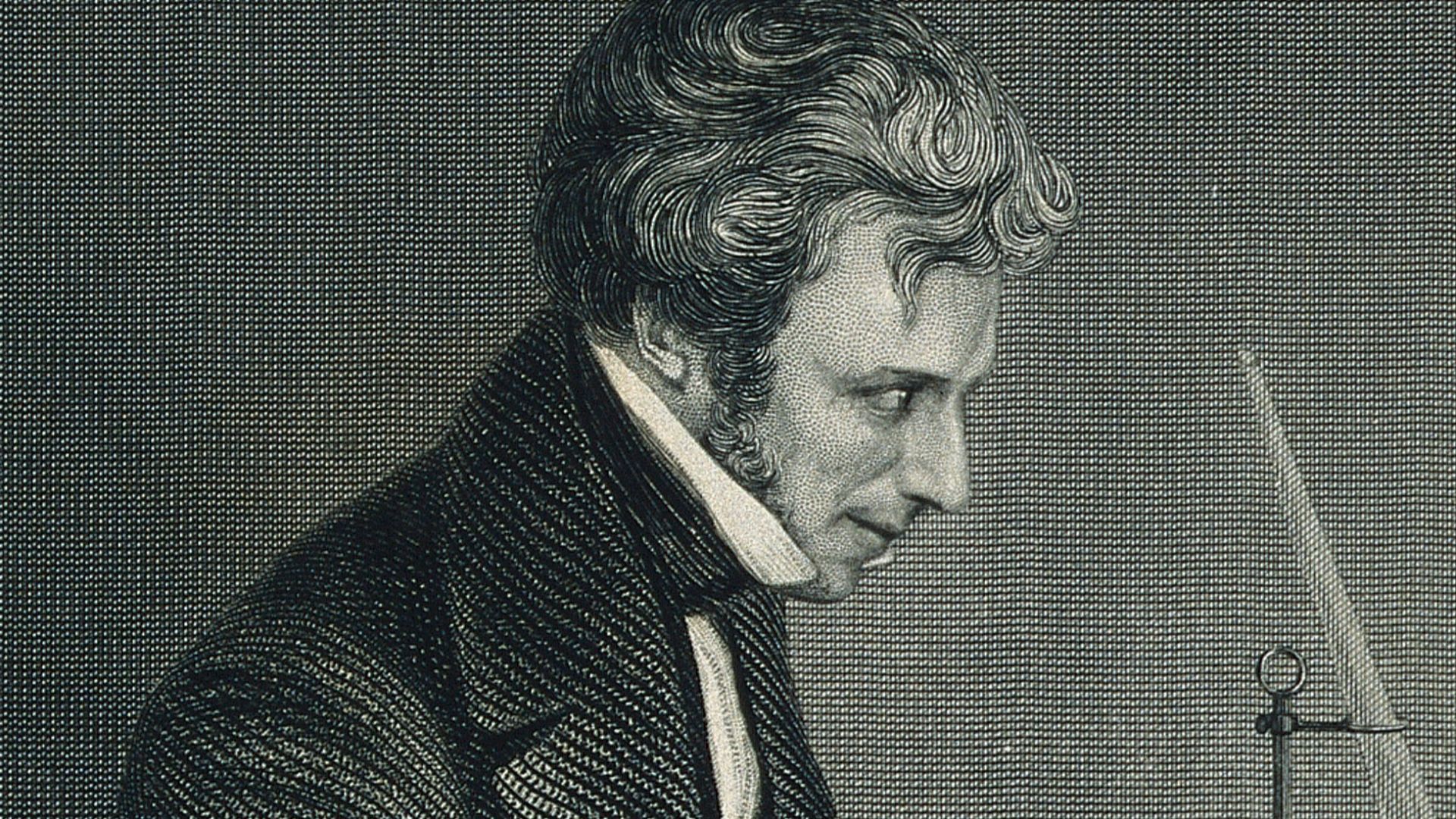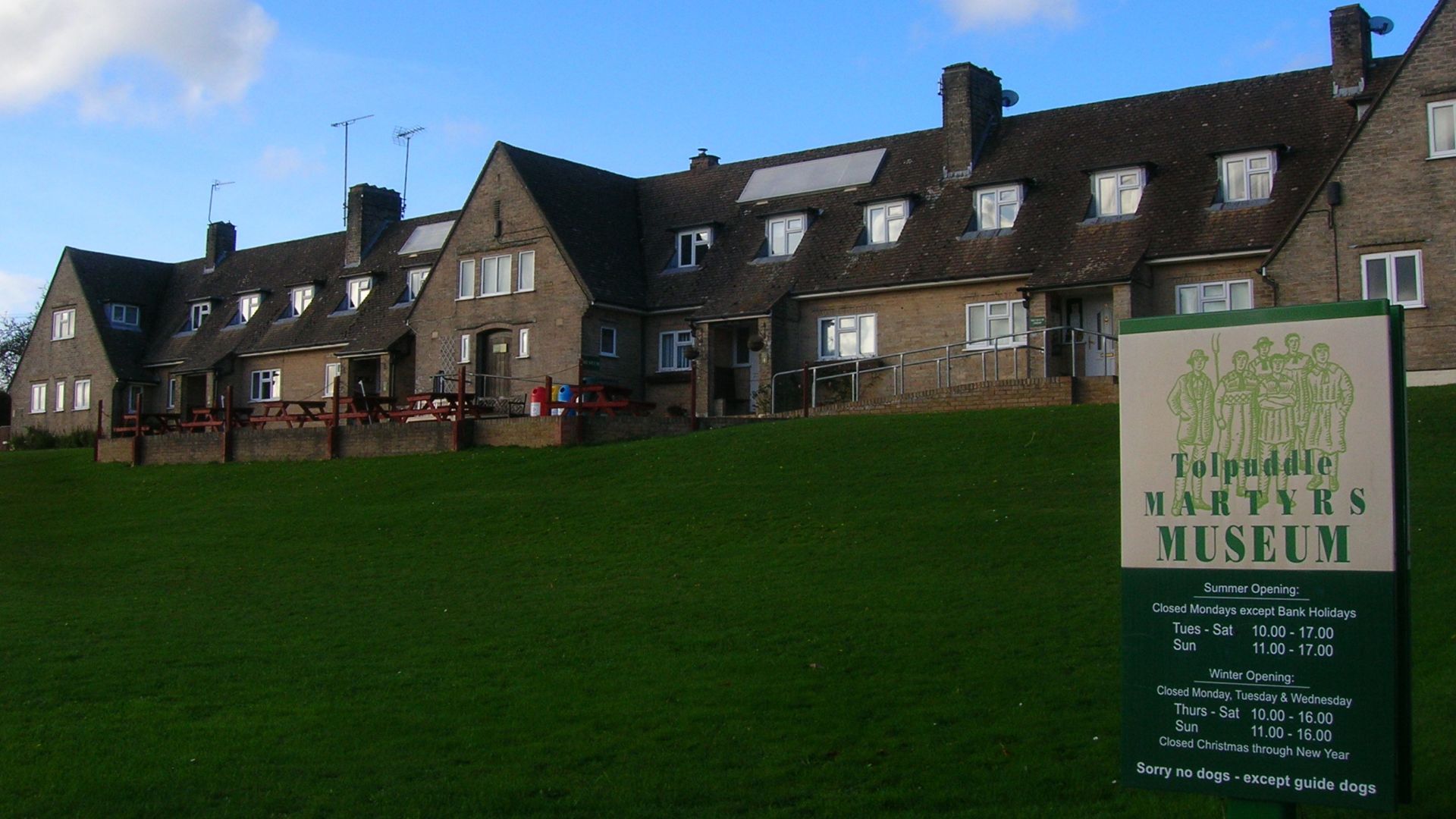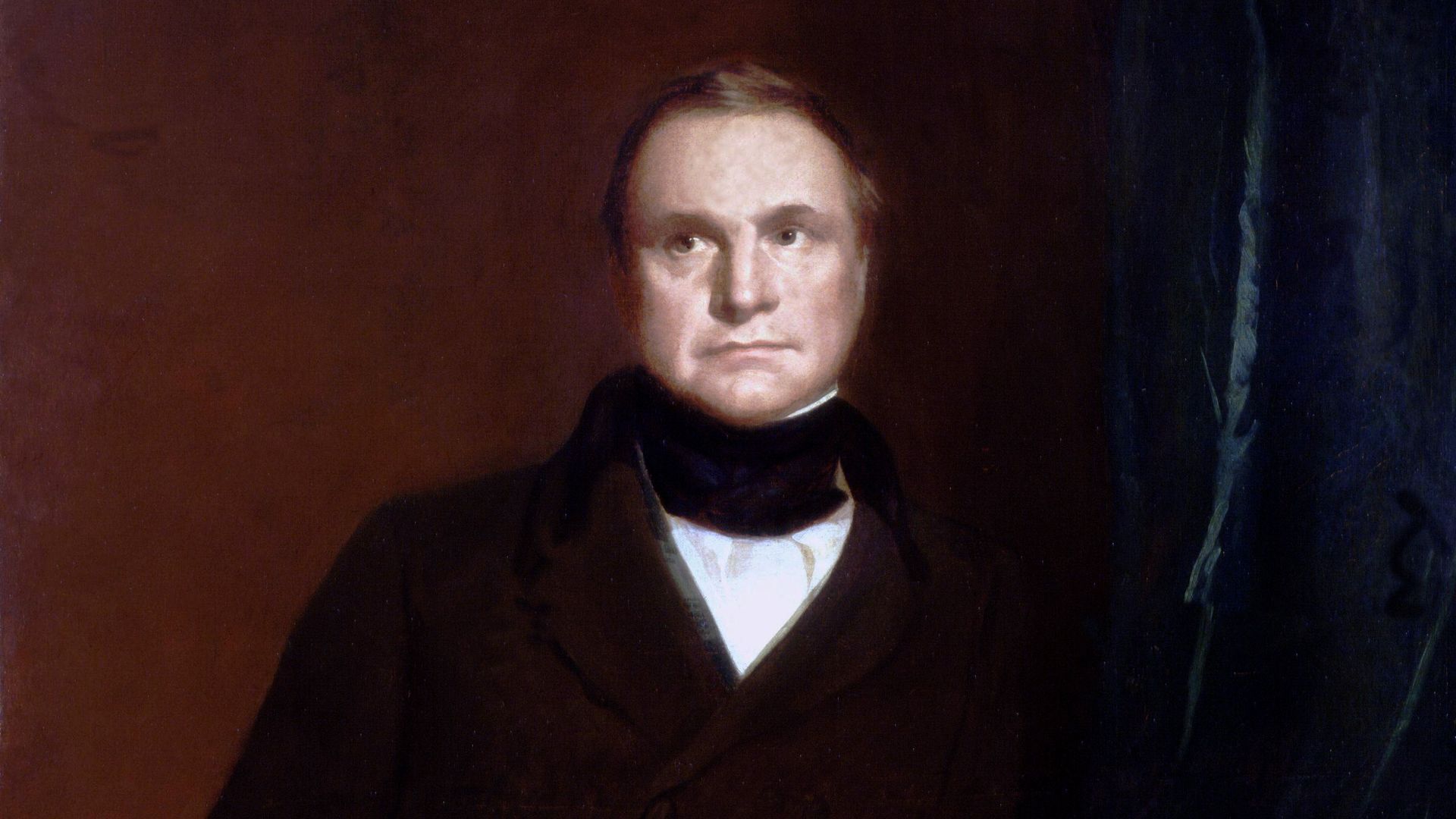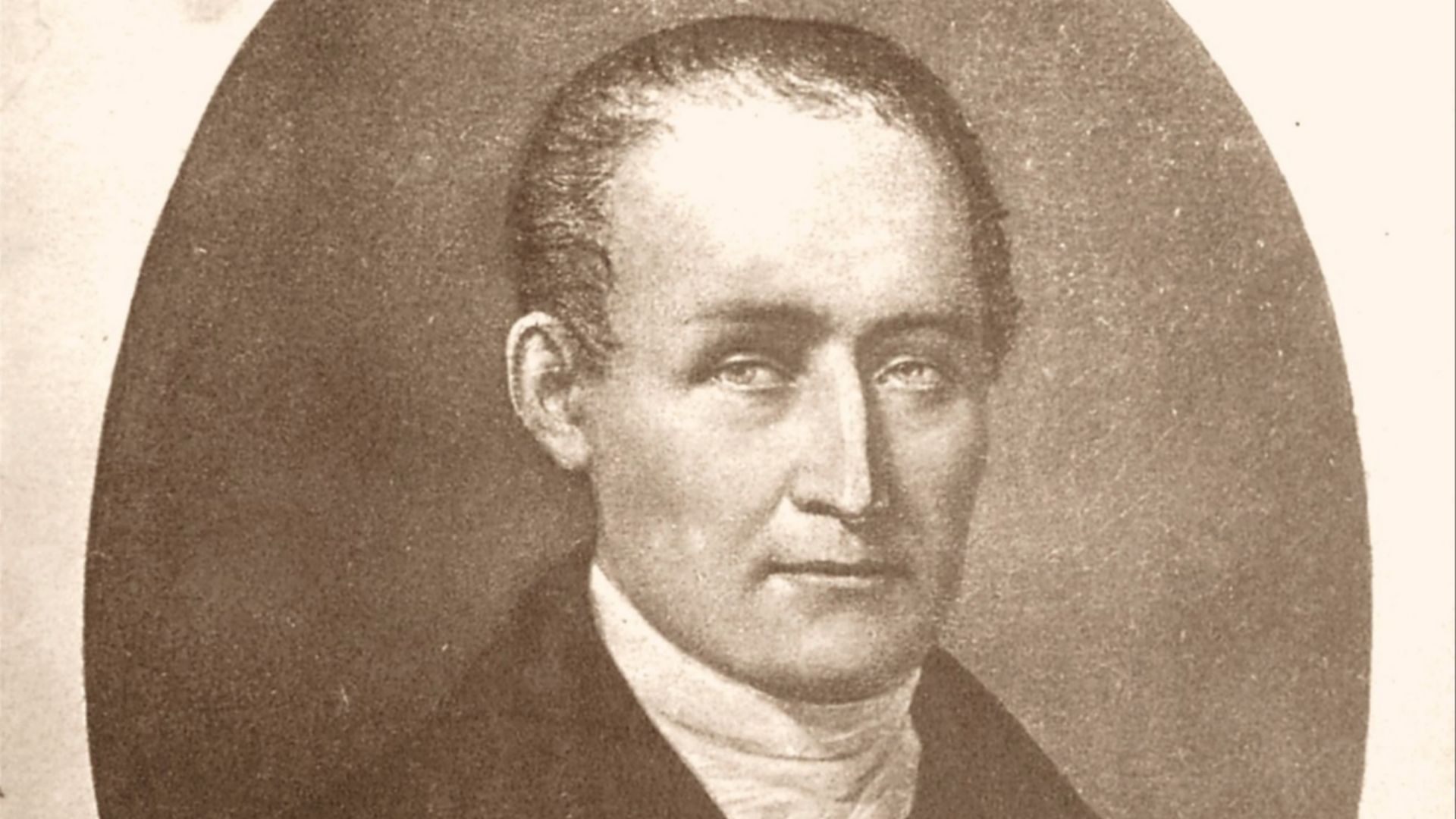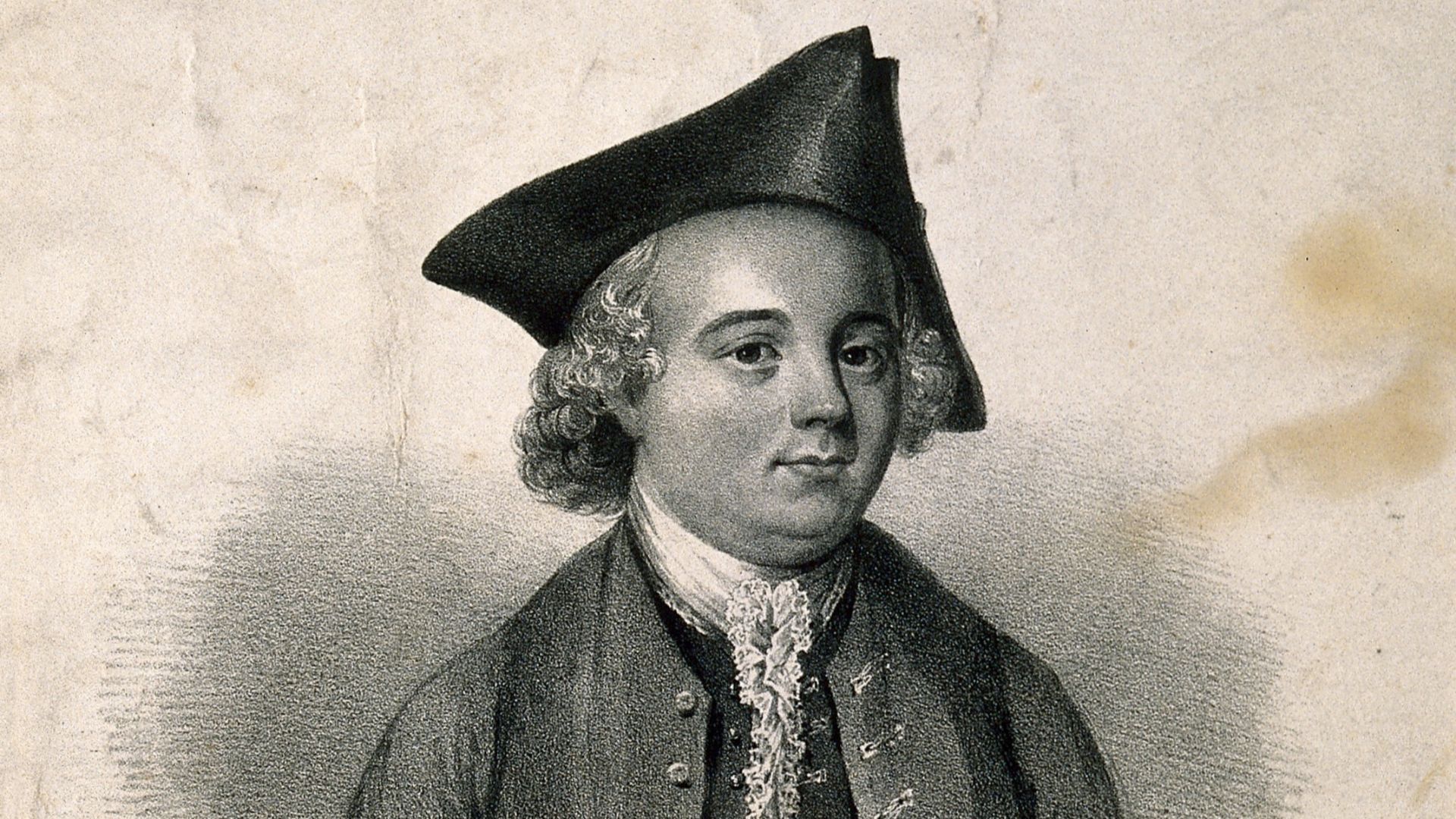20 Trailblazing Figures From the First Industrial Revolution
Vive la Révolution
Life used to be slow. Populations tended toward agrarian rather than urban lifestyles, clothing and goods were handmade, and you likely knew exactly where your dinner was coming from down to the name of the cow. And then, life suddenly became very fast. The 1760s kicked off a period known as the First Industrial Revolution—when machinery overtook manual labor, economies grew more centralized, and scientific improvements were made every day. Here are 20 figures we have to thank for some of the conveniences of modern life.
1. Sir Humphry Davy
Growing up in the mining town of Penzance, England, Sir Humphry Davy saw firsthand how dangerous working underground was. Aside from the risk of cave-ins, countless lives were lost due to mine explosions caused by methane, the unstable gas that powered miners’ lamps. In 1815, Davy developed an early safety lamp, which isolated the flame within gauze to prevent the methane from igniting, and made a dangerous job a little bit safer.
2. Isambard Kingdom Brunel
An engineer as cool as his name, Isambard Kingdom Brunel revolutionized transportation forever. Brunel designed underwater tunnels, railway stations, suspension bridges, hospitals, and early transatlantic steamships. But, if we were to applaud just one contribution, it would be his railways. Not only did Brunel connect Great Britain through 1000 miles of track, he also constructed two Italian railways and was consulted on further projects in India and Australia.
 Robert Howlett (British, 1831–1858) on Wikimedia
Robert Howlett (British, 1831–1858) on Wikimedia
3. Thomas Newcomen
Tracks, however, need trains to run on them and we have Thomas Newcomen to thank for early engine prototypes. Similarly to Davy, Newcomen was inspired by the tin and coal mines of Cornwall, which used literal horsepower to pump out water. Newcomen refined earlier designs for steam pumps and created a piston and cylinder steam engine, which would later be used for steam trains.
4. James Watt
James Watt took Newcomen’s steam engine and improved it, using a separate condenser to retain heat. Prior to refining steam power, factories relied on water, wind, human, or horsepower, all of which were unpredictable and subject to limitations. The steam engine could work for hours, regardless of weather or physical conditions, and so the Industrial Revolution was off with a bang.
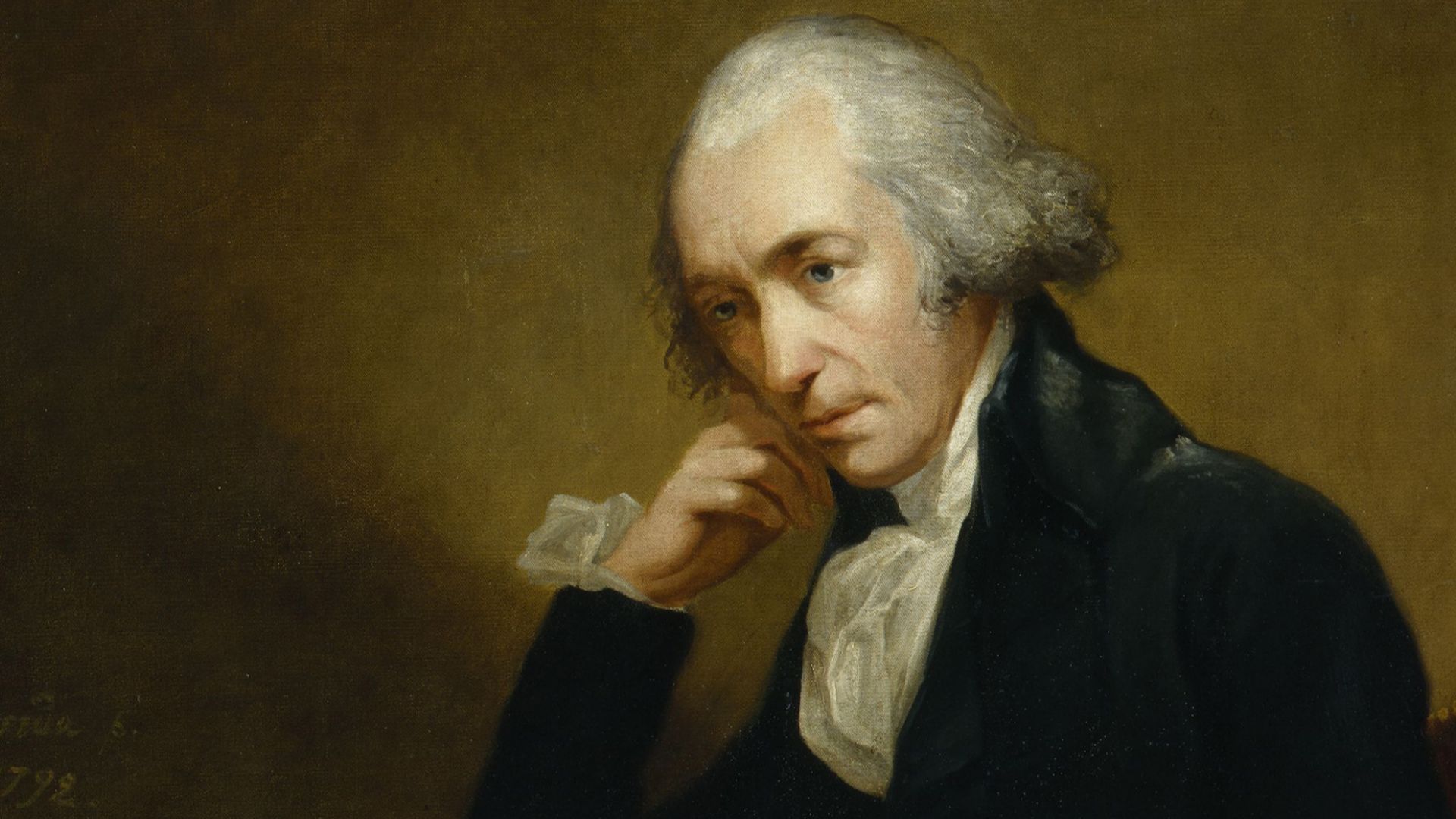 Carl Frederik von Breda on Wikimedia
Carl Frederik von Breda on Wikimedia
5. Michael Faraday
When asked what his greatest discovery was, Sir Humphry Davy simply answered, “Michael Faraday”. As an apprentice to the brilliant inventor and chemist, Faraday was the greatest experimental physicist of the 19th century. His groundbreaking studies in electromagnetism and electrochemistry helped bring modern technology into the light.
6. Samuel Morse
The namesake of Morse code, Samuel Morse used Faraday’s study of electromagnetism to connect the world. Letters could take weeks, sometimes months, to reach their destination, but Morse had the idea to transmit intelligence through electricity. The result was the single-wire telegraph system, which was used all the way from the 1830s to the 1990s until widespread implementation of the internet.
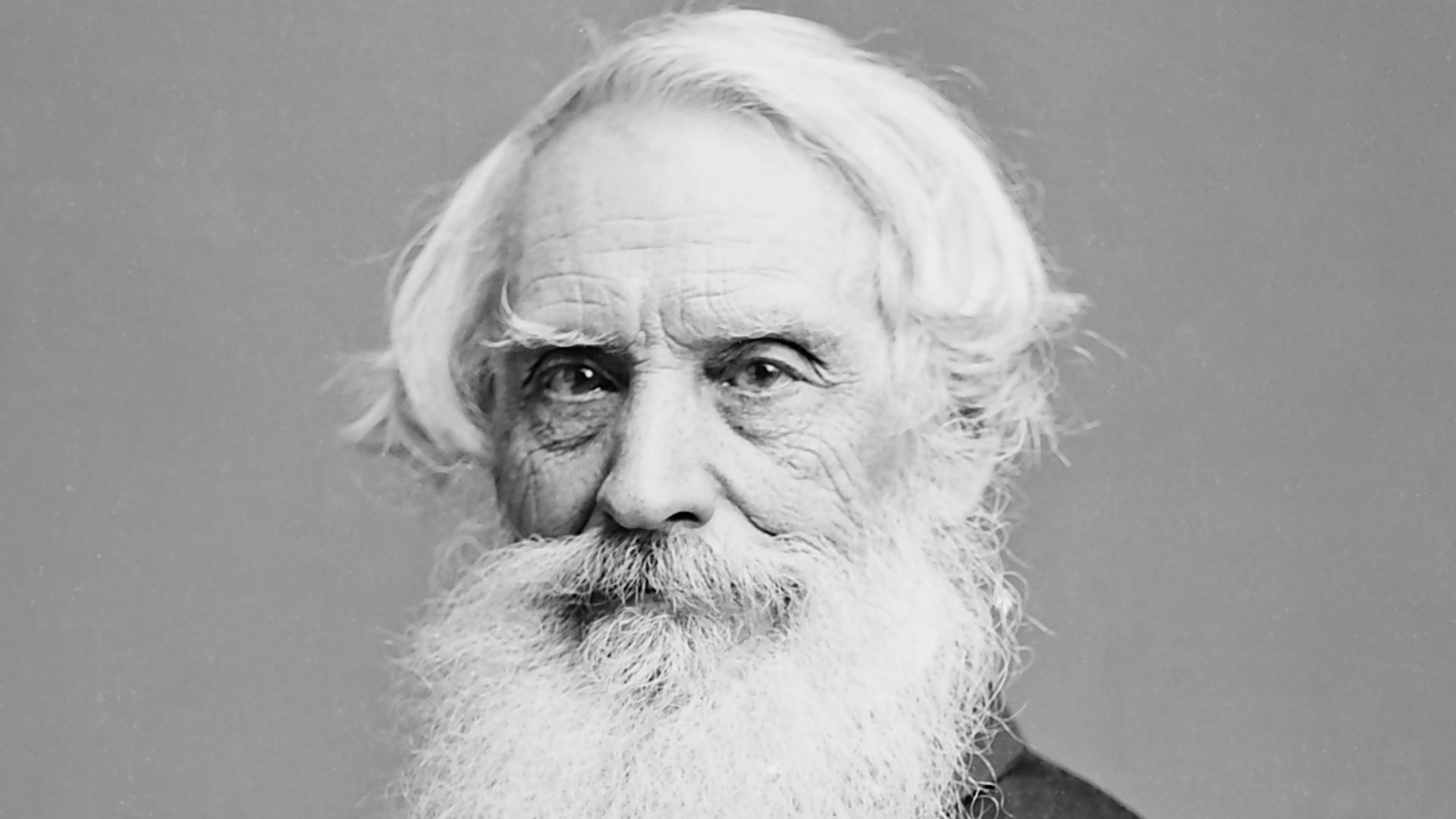 Mathew Benjamin Brady on Wikimedia
Mathew Benjamin Brady on Wikimedia
7. Robert Fulton
Robert Fulton may not have invented the steamboat, but he was responsible for its expansion and commercial success in the early 19th century, connecting the lakes and rivers of America. Launched in August of 1807, Fulton’s steamship Clermont sailed up the Hudson River from New York City to Albany in a record 32 hours. This may not seem impressive when looking at a map, but at the time, it took four full days to make the same crossing!
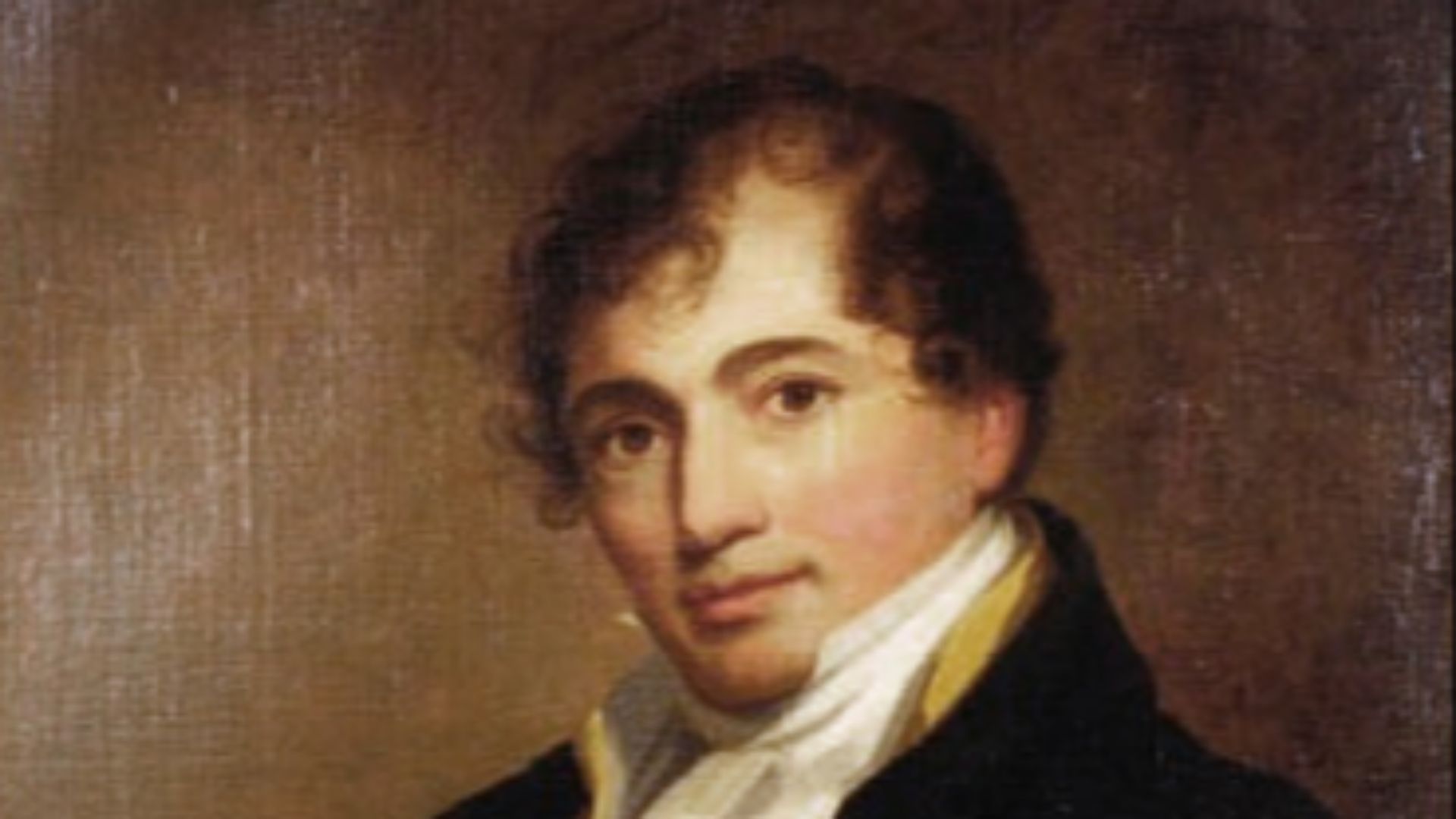 Circle of Thomas Sully (American, 1783-1872) on Wikimedia
Circle of Thomas Sully (American, 1783-1872) on Wikimedia
8. James Hargreaves
An illiterate weaver with no formal education, James Hargreaves patented the Spinning Jenny in 1770. Observing how both wheel and spindle continued to turn even when a spinning machine fell to the floor, Hargreaves developed a machine which could spin many threads at once. With weavers now able to work more than 8 spools at a time, the Spinning Jenny led to widespread mass production of textile goods through the factory system.
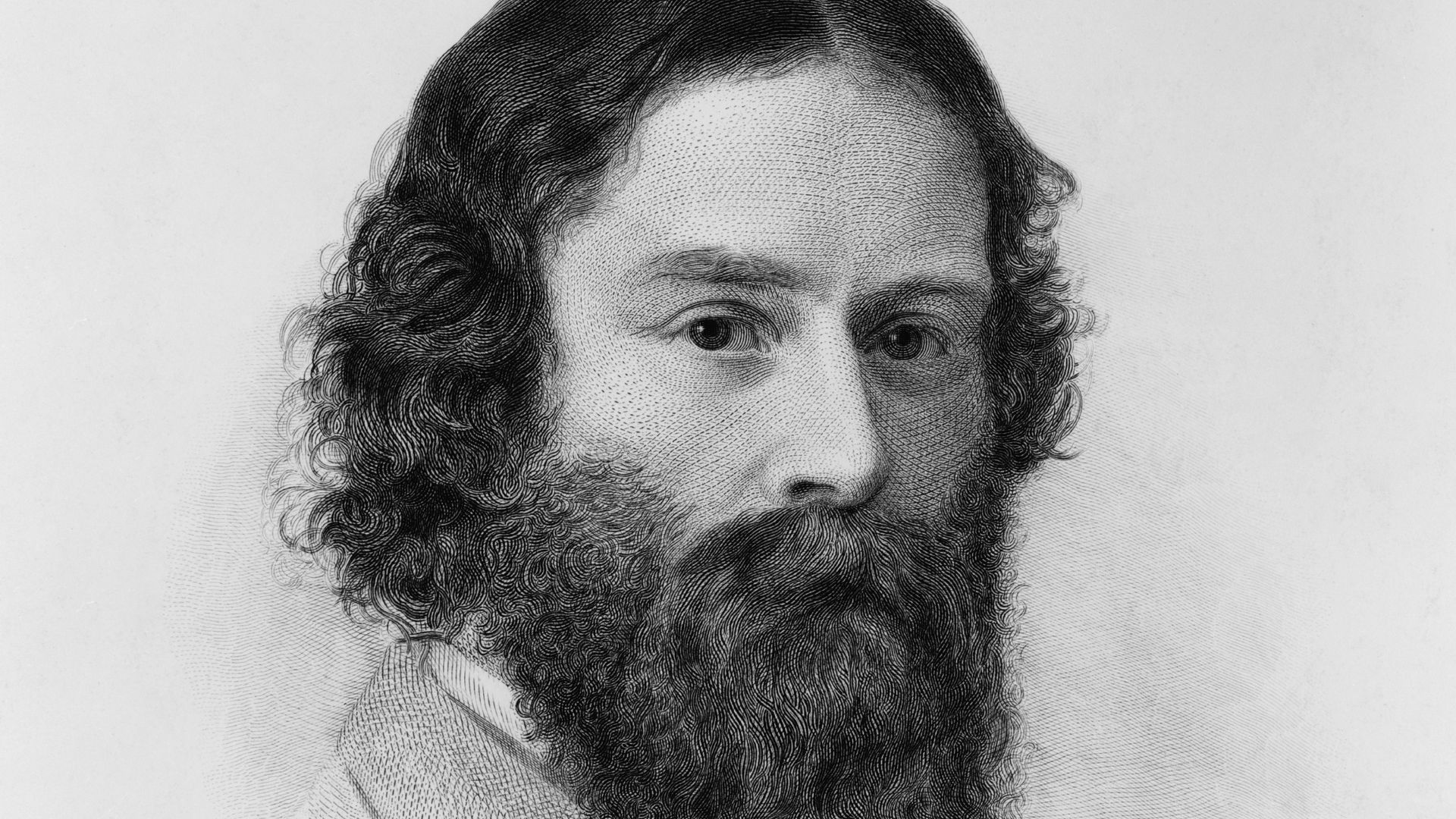 John Angel James Wilcox / Adam Cuerden on Wikimedia
John Angel James Wilcox / Adam Cuerden on Wikimedia
9. Josiah Wedgwood
Josiah Wedgwood’s jasperware ceramics graced royal palaces from England to Russia. A trailblazing entrepreneur, Wedgwood implemented modern marketing techniques such as illustrated catalogues, money-back guarantees, celebrity endorsements, and buy-one-get-one free. It’s no wonder the Wedgwood company has been around for over 250 years!
10. Robert Owen
Unfortunately, the rise of the factory system led to long hours, poor wages, unsafe working conditions, and child labor. Textile manufacturer and social reformer Robert Owen sought to improve factory conditions by implementing free education and medical care, 10 hour work days, and collective childcare.
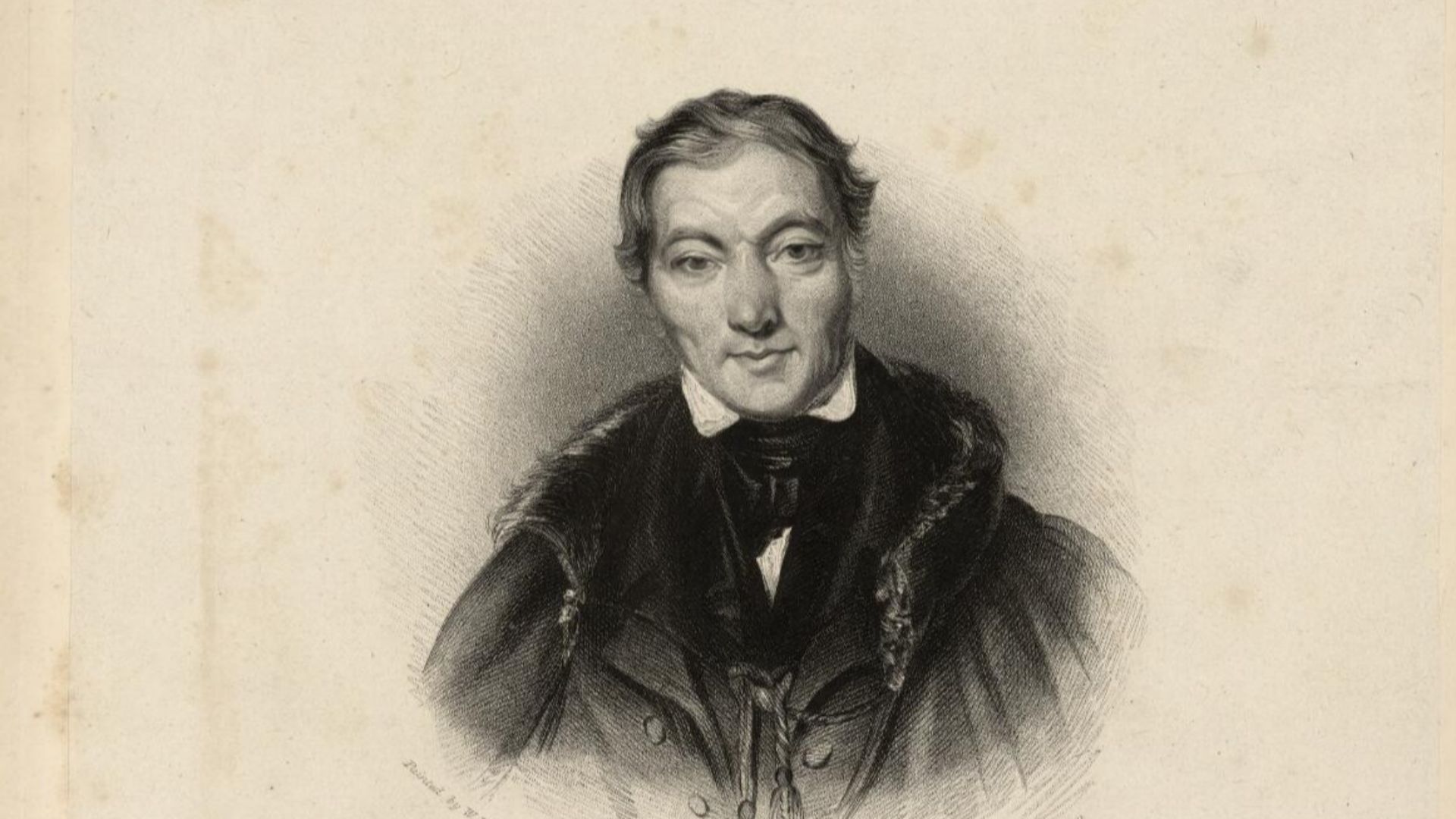 Henry Thomas Ryall on Wikimedia
Henry Thomas Ryall on Wikimedia
11. Henry Bessemer
After talking with Napoleon III, Henry Bessemer sought to improve cannons during the Crimean War. Bessemer’s search for stronger cannons to support his powerful artillery shells eventually led to the Bessemer Process. By blowing air through molten iron, Bessemer made steel production faster, easier, and cheaper.
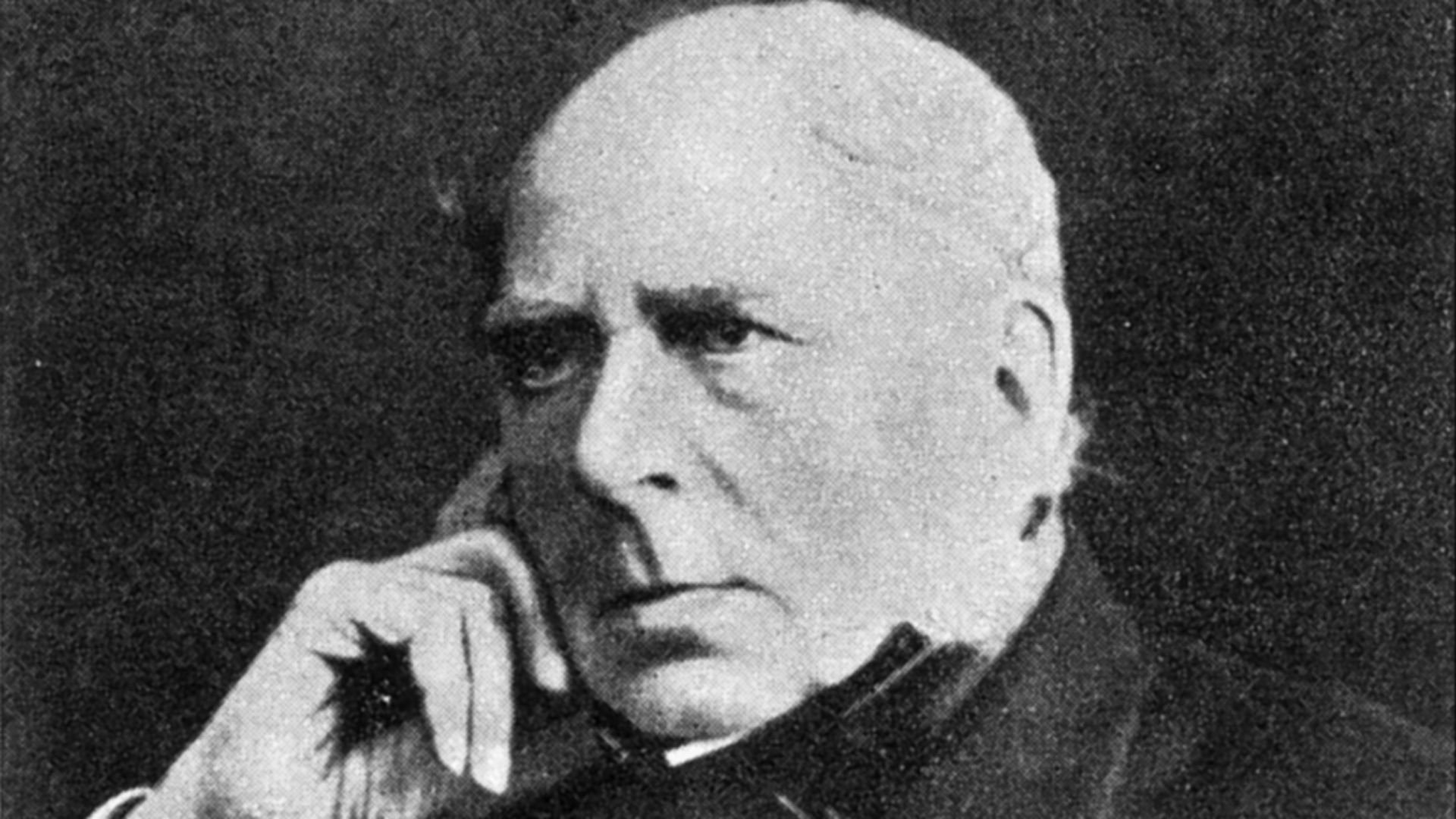 Unknown authorUnknown author on Wikimedia
Unknown authorUnknown author on Wikimedia
12. Samuel Slater
While the Industrial Revolution may have gotten its start in England, Samuel Slater was the man who ensured that progress traveled across the pond. Wanting to maintain their economic superiority, the British prohibited skilled workers from emigrating and sharing their industrial knowledge. After completing his apprenticeship and disguising himself as a lowly farmer to escape, Samuel Slater did just that. His industrial knowledge helped to transform America, which was still largely agrarian at the time.
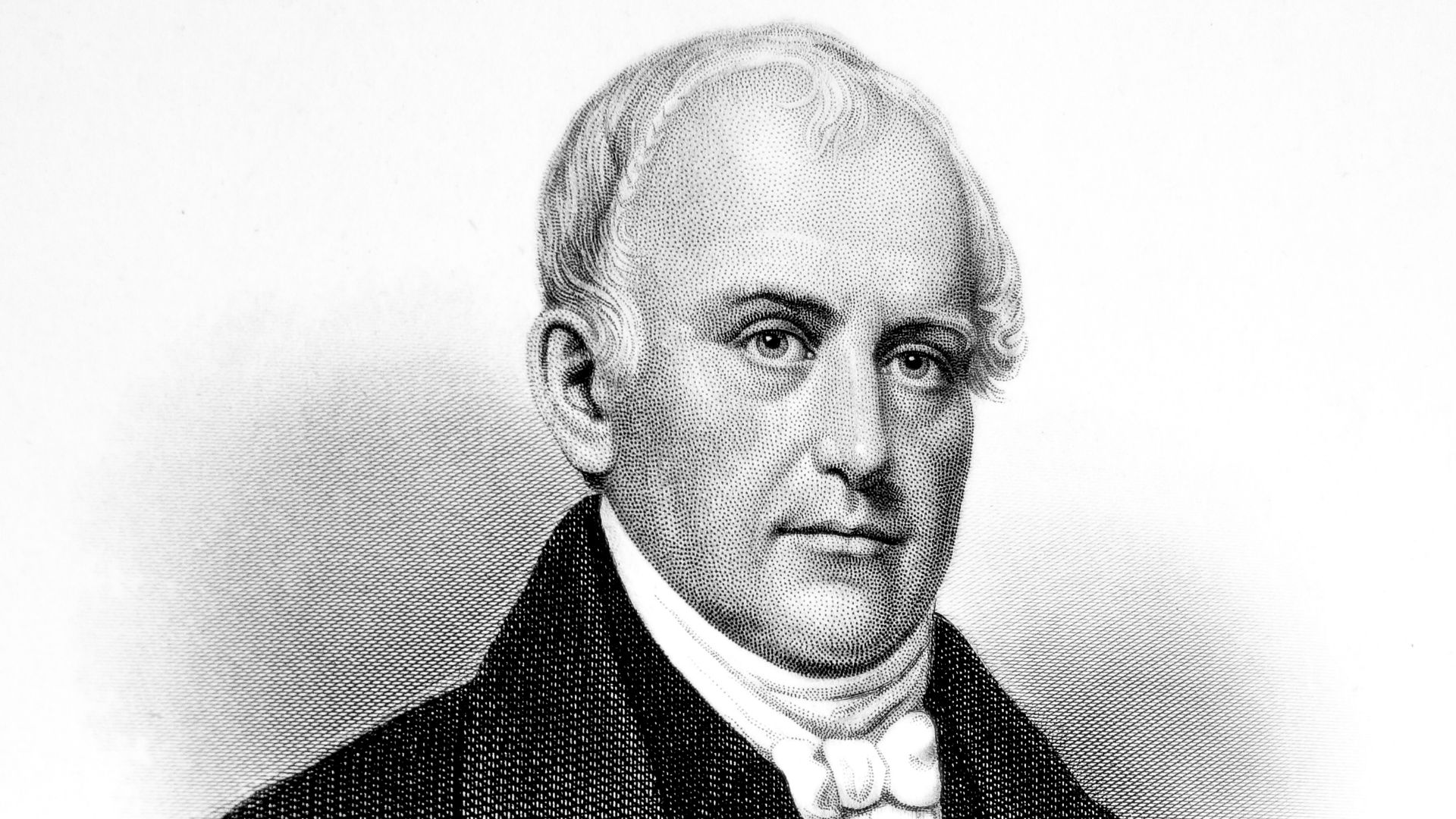 National Biographical Publishing Company on Wikimedia
National Biographical Publishing Company on Wikimedia
13. Eli Whitney
One of the first great American Inventors, Eli Whitney shaped the economy of the Antebellum South. His cotton gin helped to separate cottonseeds from fiber, a process he hoped would help end slavery by reducing the need for enslaved labor. Unfortunately, his device did the opposite when cotton became more profitable than ever.
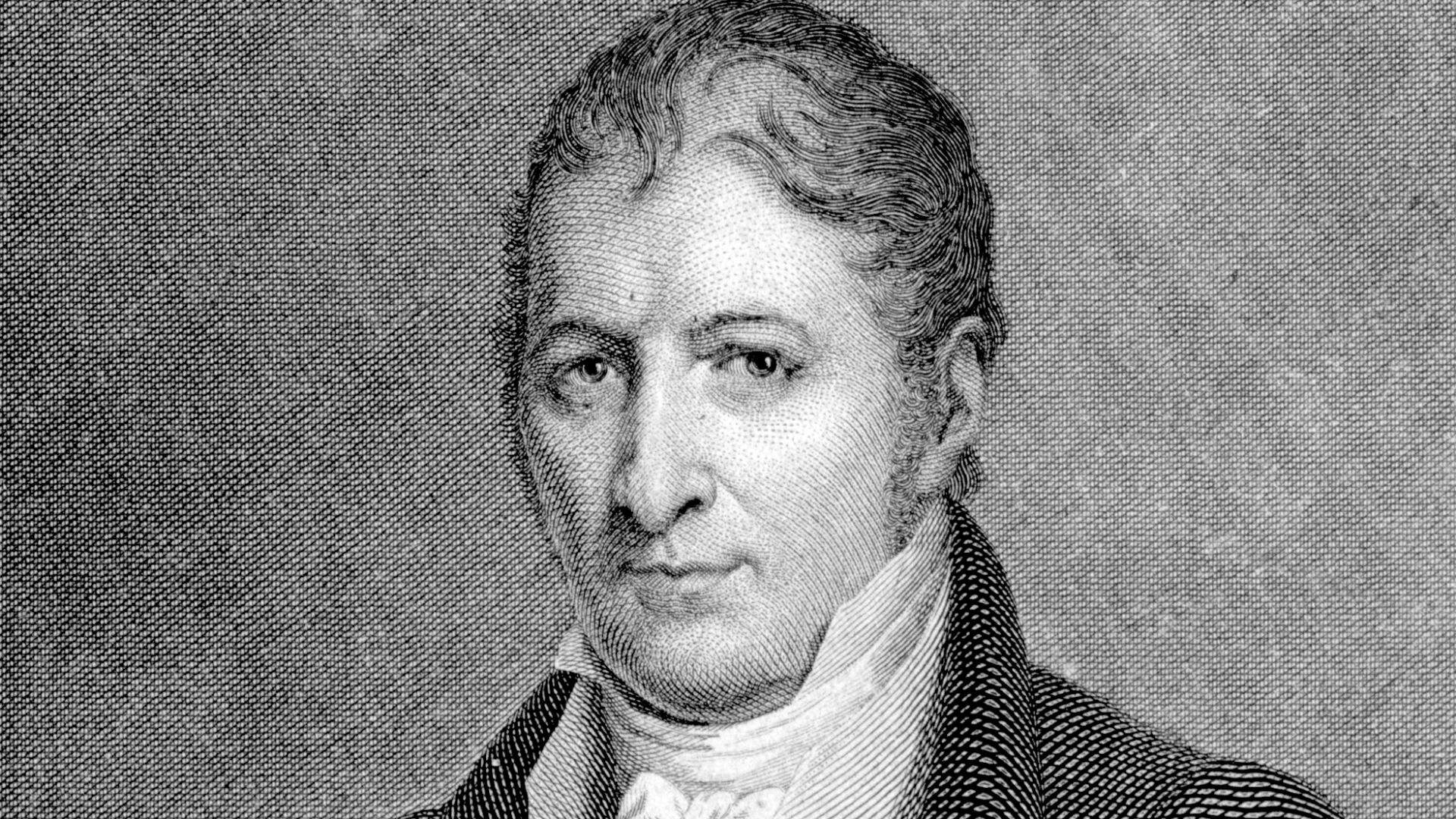 Charles Bird King on Wikimedia
Charles Bird King on Wikimedia
14. Ned Ludd
Not everyone was happy with the technological advancements of the Industrial Revolution. Many workers who’d spent years honing their skills protested the use of machines over human labor. Among these was the semi-legendary Ned Ludd, who reportedly smashed two machines in a fit of passion. Whether or not Ludd was real, his name became a rallying cry for laborers afraid that they would get forced out of their jobs.
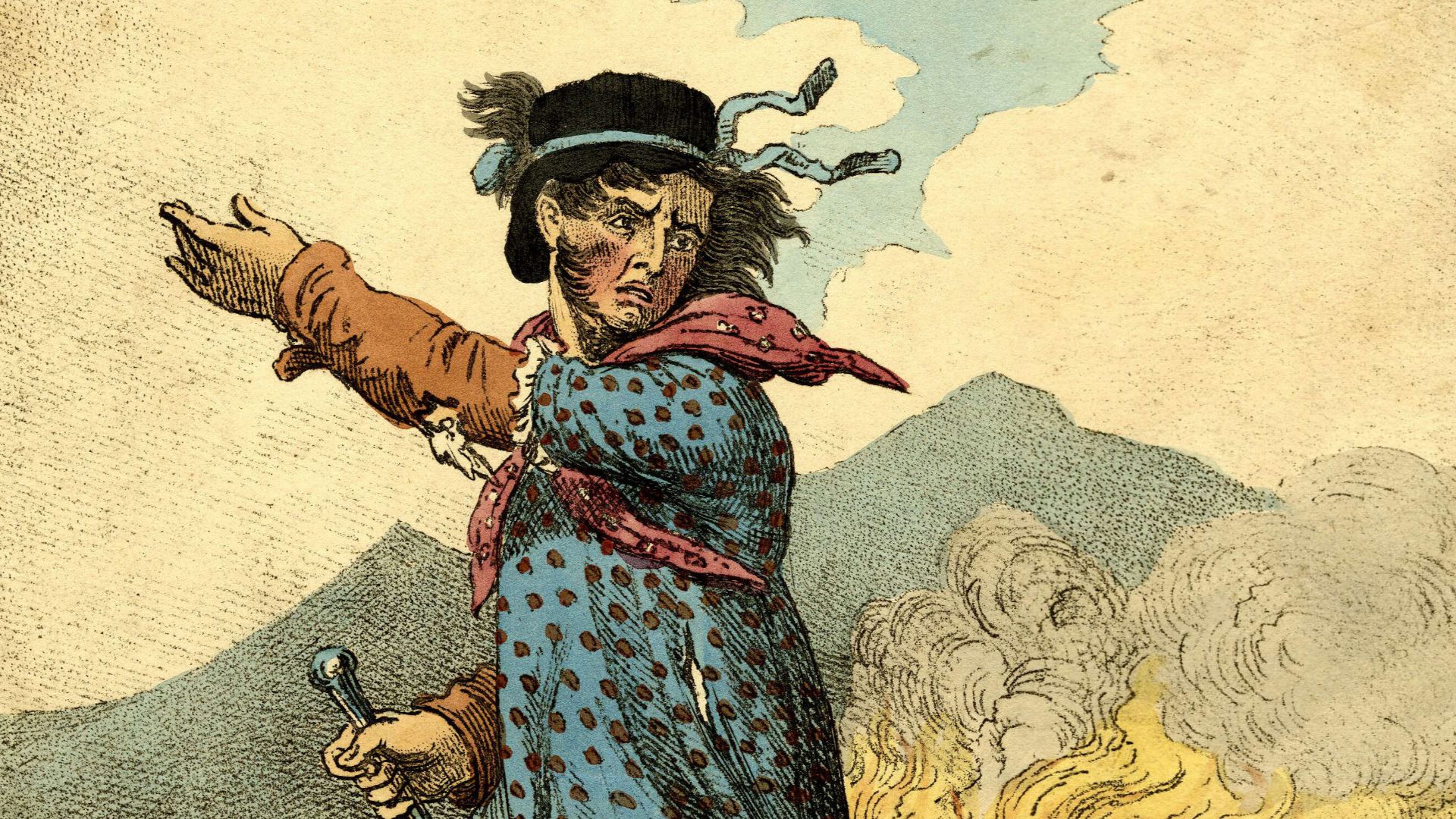 Unknown. 195 years since publication, copyright extinguished on Wikimedia
Unknown. 195 years since publication, copyright extinguished on Wikimedia
15. The Tolpuddle Martyrs
The Tolpuddle Martyrs were a group of agricultural laborers who were arrested and sentenced to 7 years hard labor in Australia for forming a trade union. In the midst of an agricultural recession, Tolpuddle laborers were paid a mere 7 shillings a week (approximately $43 in USD today). To squash working-class discontent, the government used the Tolpuddle Martyrs’ demands for higher wages as a scapegoat to much public outcry.
16. William Lovett
A follower of Robert Owen’s utopian socialism, William Lovett sought parliamentary reform for the British working class. While an 1832 act extended voting rights to property owners, working-class communities in the north of England, which were dependent on single industries, had no say in the government. Lovett advocated for kindness, reason, and universal male suffrage over the age of 21.
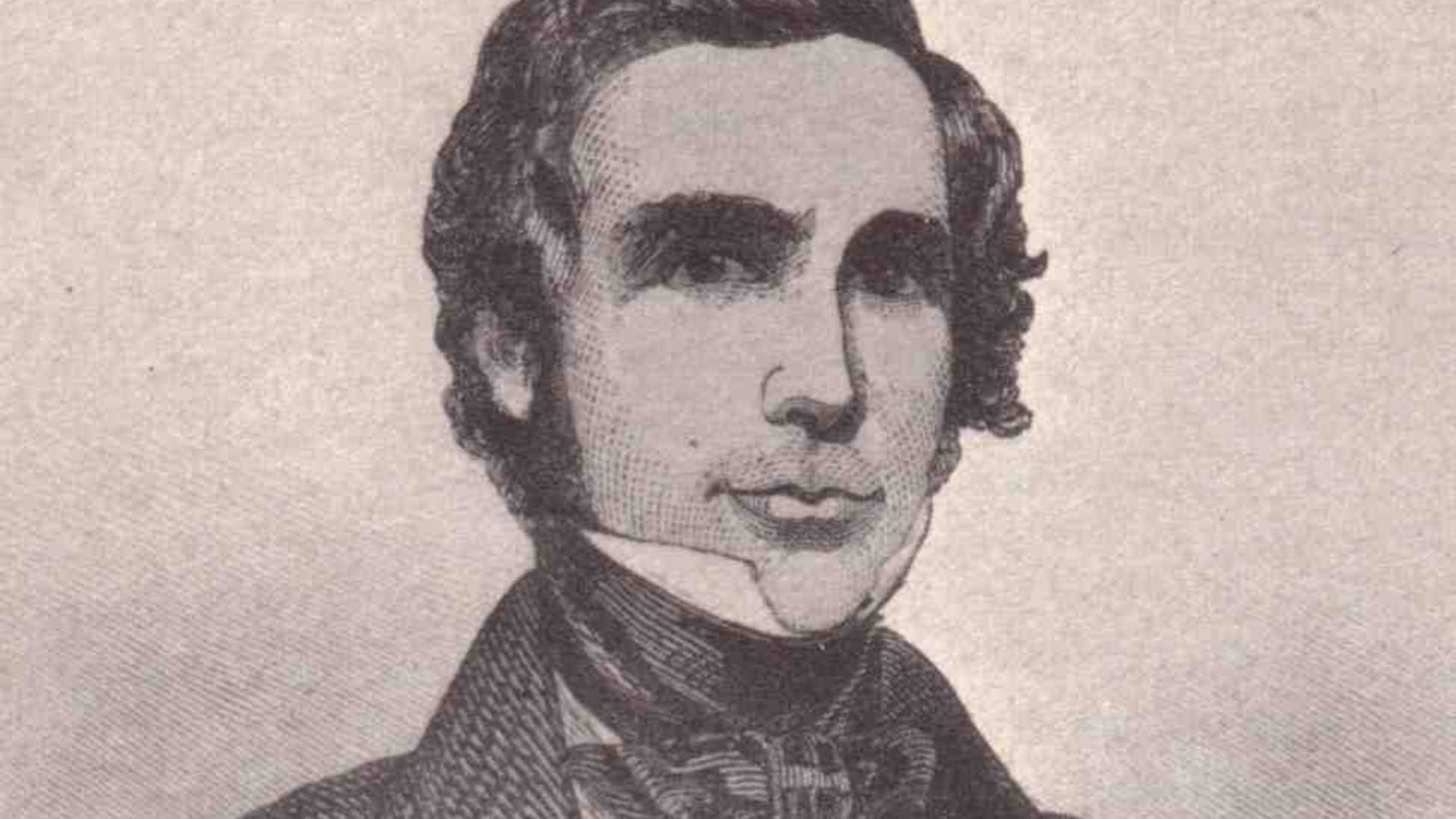 Contemporary portrait on Wikimedia
Contemporary portrait on Wikimedia
17. Charles Babbage
If anyone could see the future, it was Charles Babbage, the Father of the Computer. Babbage wished to improve the way math was taught in English schools, removing the possibility of human error and allowing for data to be internally stored. The result was two prototypes: the Difference Engine and the Analytical Engine. Using punch cards, the Analytical Engine could be programmed to solve and remember advanced mathematical equations. Unfortunately, a lack of funding meant that Babbage had to abandon the project.
18. Nicéphore Niépce
Nicéphore Niépce is credited with the oldest surviving photograph. Niépce developed a technique called heliography, which used sun-sensitive paper to capture engravings of a scene. The process took hours, sometimes even days, to capture an image in natural light, but in 1826, Niépce created the first permanent photograph: View from the Window at Le Gras.
19. Nicolas Appert
Under Napoleon, the French Army was well on its way to world conquest. There was only one problem: fresh food spoiled easily and it was difficult to fight a war on an empty stomach. Desperate, the army offered a prize of 12,000 Francs to anyone who could find a method of preserving food. Enter Nicolas Appert, a chef with experience in fermentation. Appert dedicated the next 14 years of his life to developing hermetically sealed containers to keep food in. While he did not win the reward money, the French government gave him 12,000 Francs on the condition that he make his work public.
20. John Kay
The son of a wool manufacturer, John Kay was always looking for ways to maximize productivity. For example, large looms required two weavers to pass a shuttle crosswise. With Kay’s development of a lever-powered flying shuttle, just one weaver was able to do the work of two people in less time.
KEEP ON READING
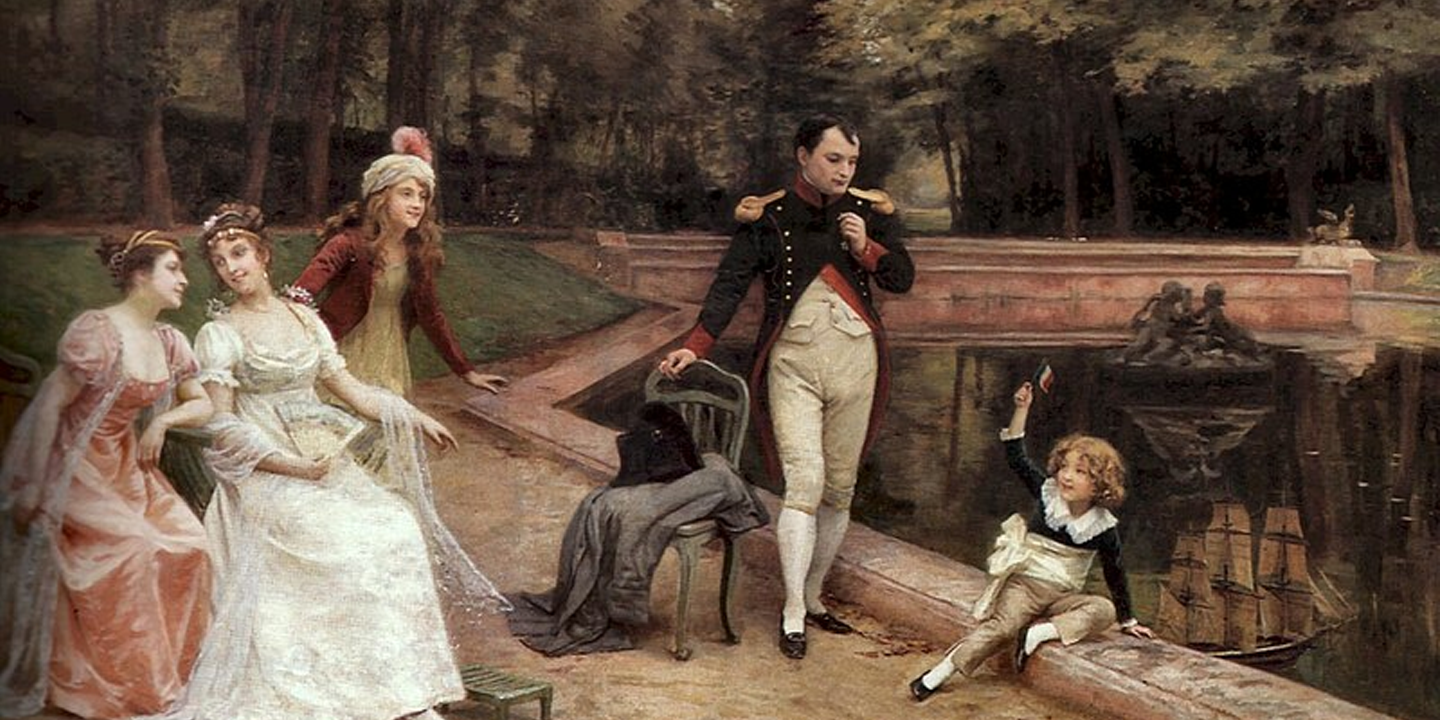
The 20 Most Recognized Historical Figures Of All Time
The Biggest Names In History. Although the Earth has been…
By Cathy Liu Oct 4, 2024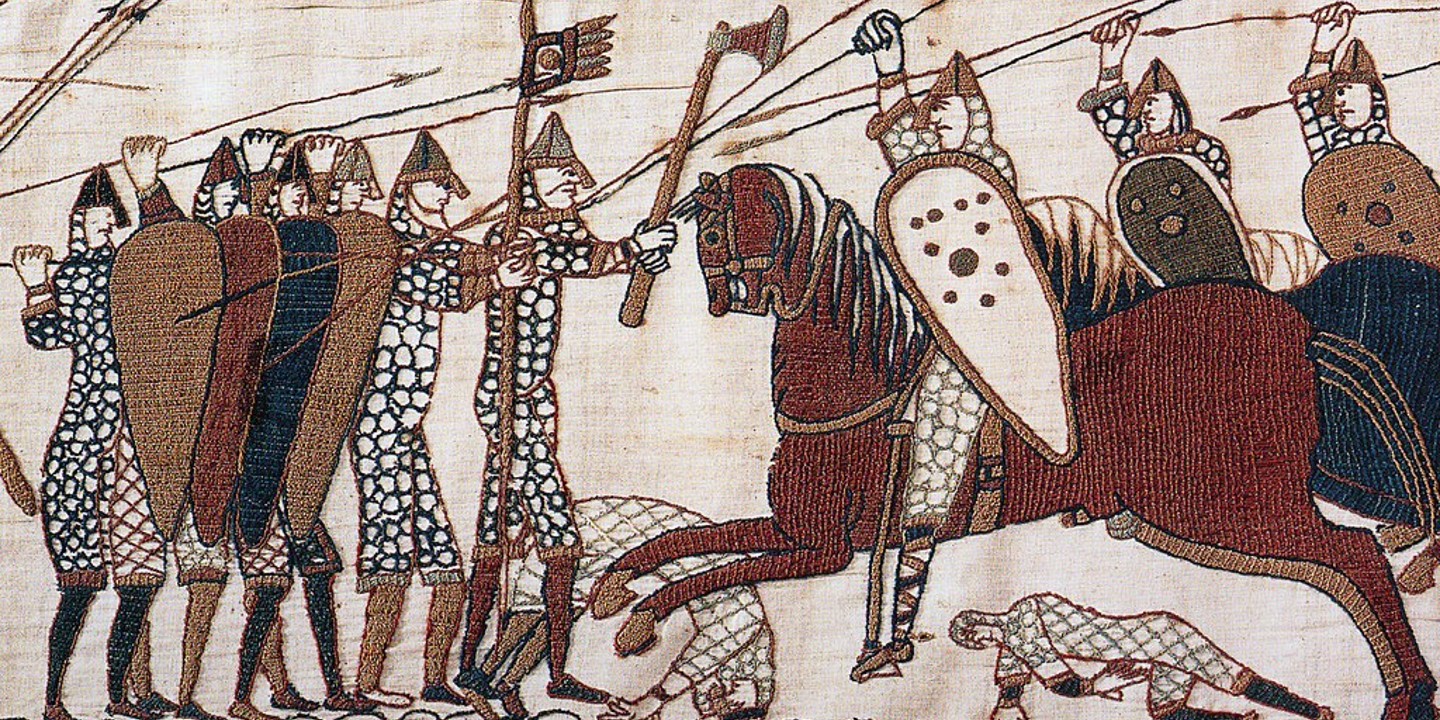
10 of the Shortest Wars in History & 10 of…
Wars: Longest and Shortest. Throughout history, wars have varied dramatically…
By Emilie Richardson-Dupuis Oct 7, 2024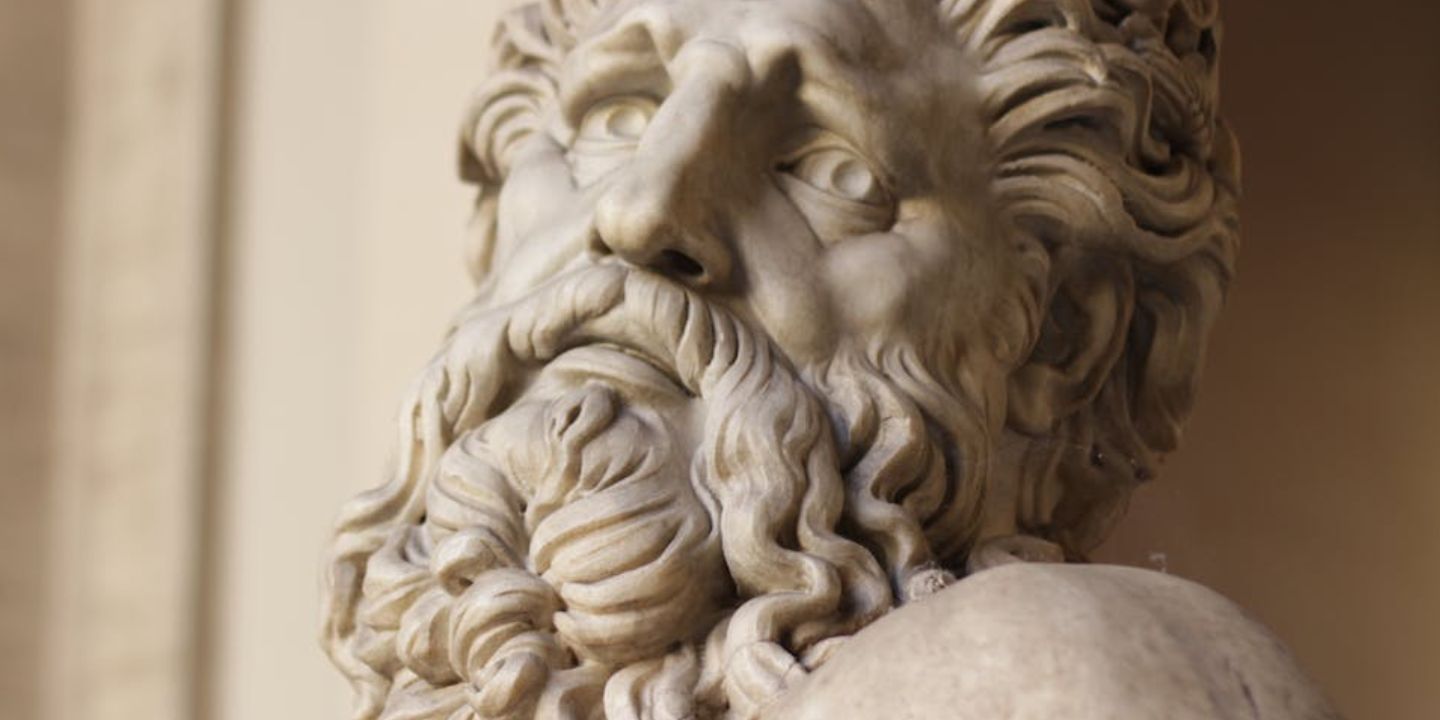
10 Fascinating Facts About Ancient Greece You Can Appreciate &…
Once Upon A Time Lived Some Ancient Weirdos.... Greece is…
By Megan Wickens Oct 7, 2024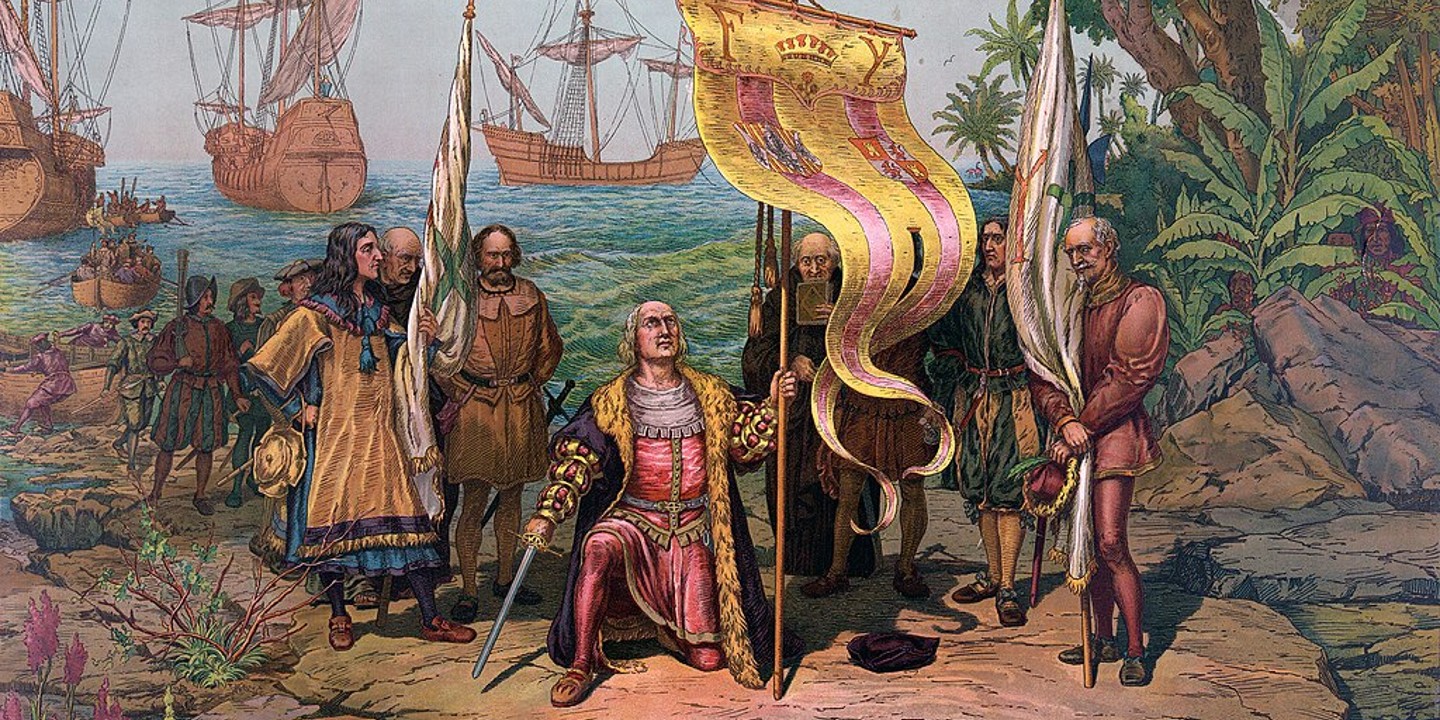
20 Lesser-Known Facts About Christopher Columbus You Don't Learn In…
In 1492, He Sailed The Ocean Blue. Christopher Columbus is…
By Emilie Richardson-Dupuis Oct 9, 2024
20 Historical Landmarks That Have The Craziest Conspiracy Theories
Unsolved Mysteries Of Ancient Places . When there's not enough evidence…
By Megan Wickens Oct 9, 2024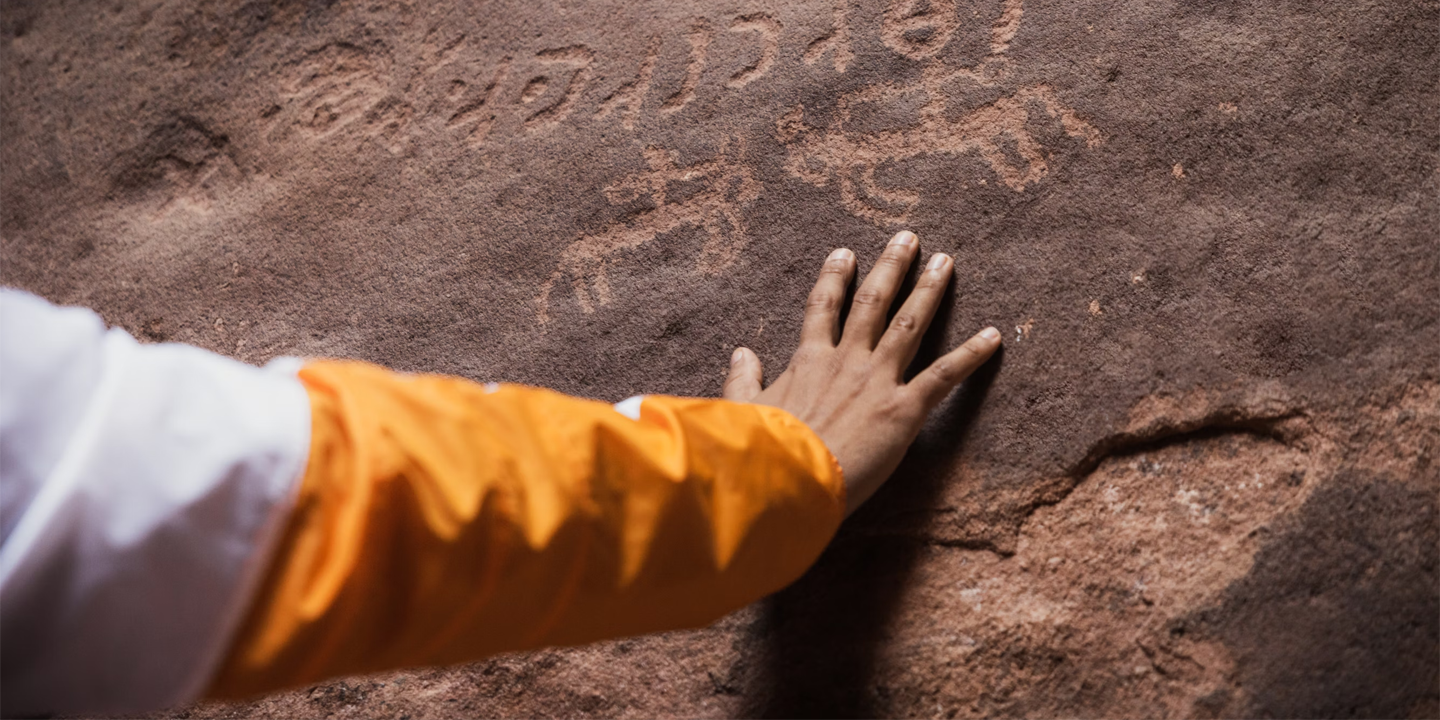
The 20 Craziest Inventions & Discoveries Made During Ancient Times
Crazy Ancient Inventions . While we're busy making big advancements in…
By Cathy Liu Oct 9, 2024

